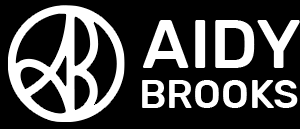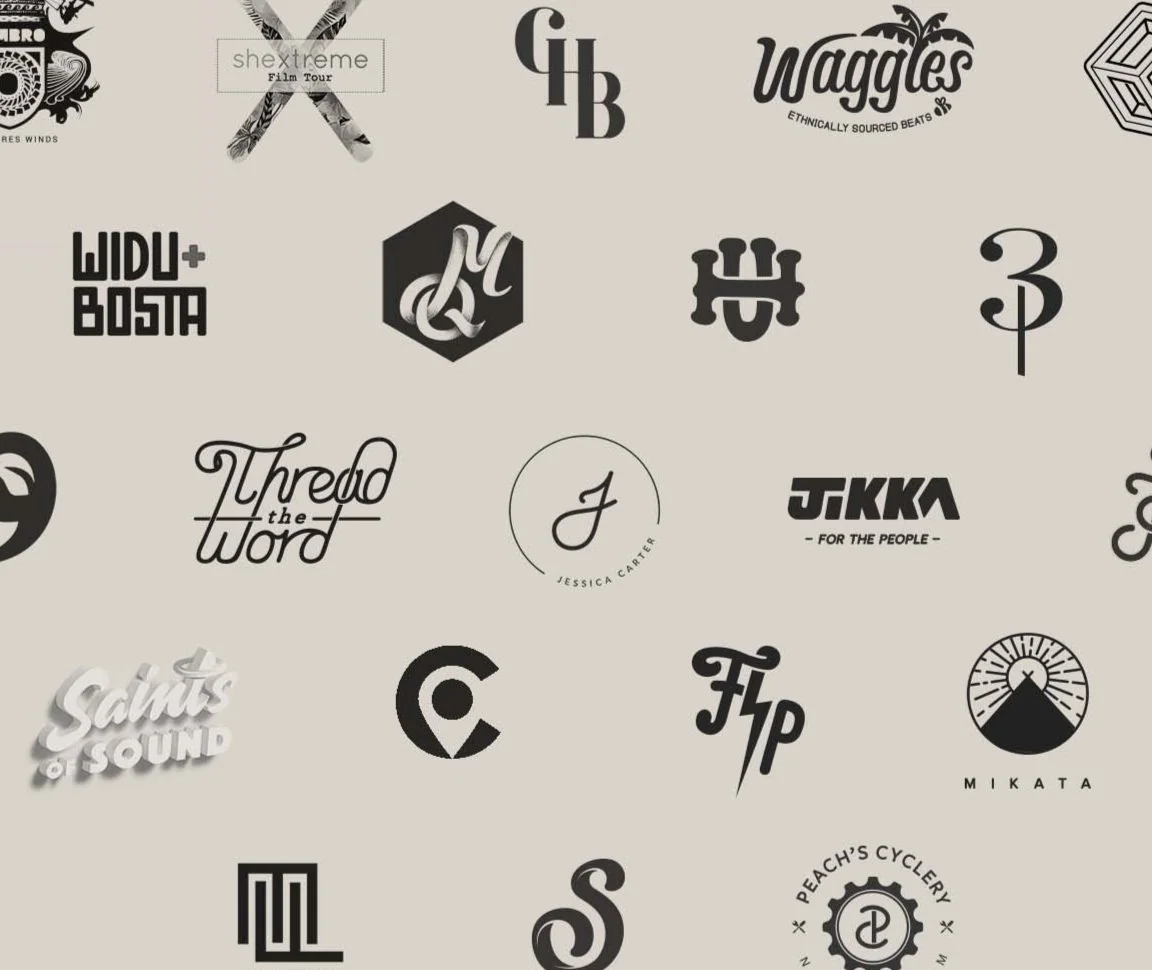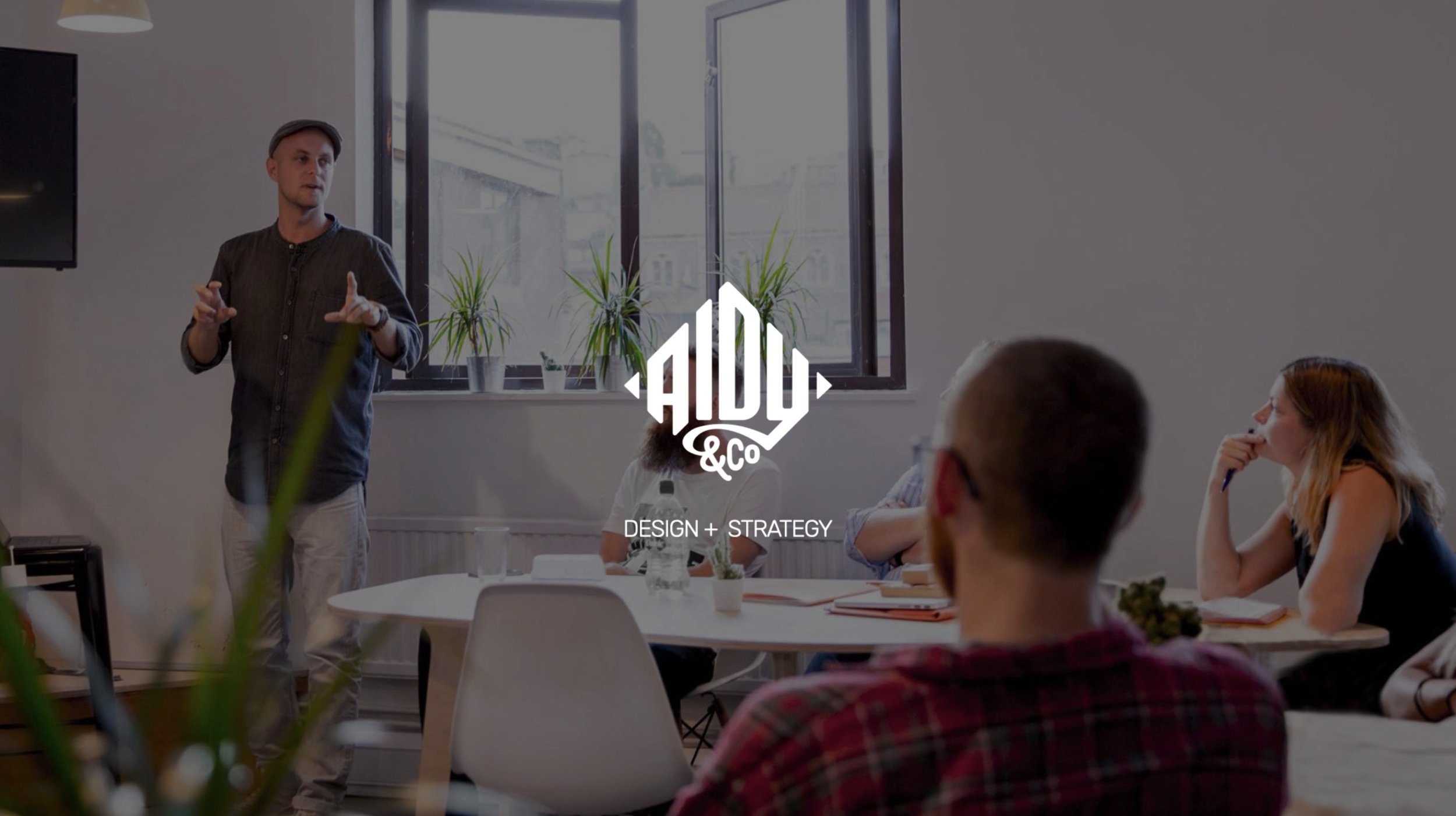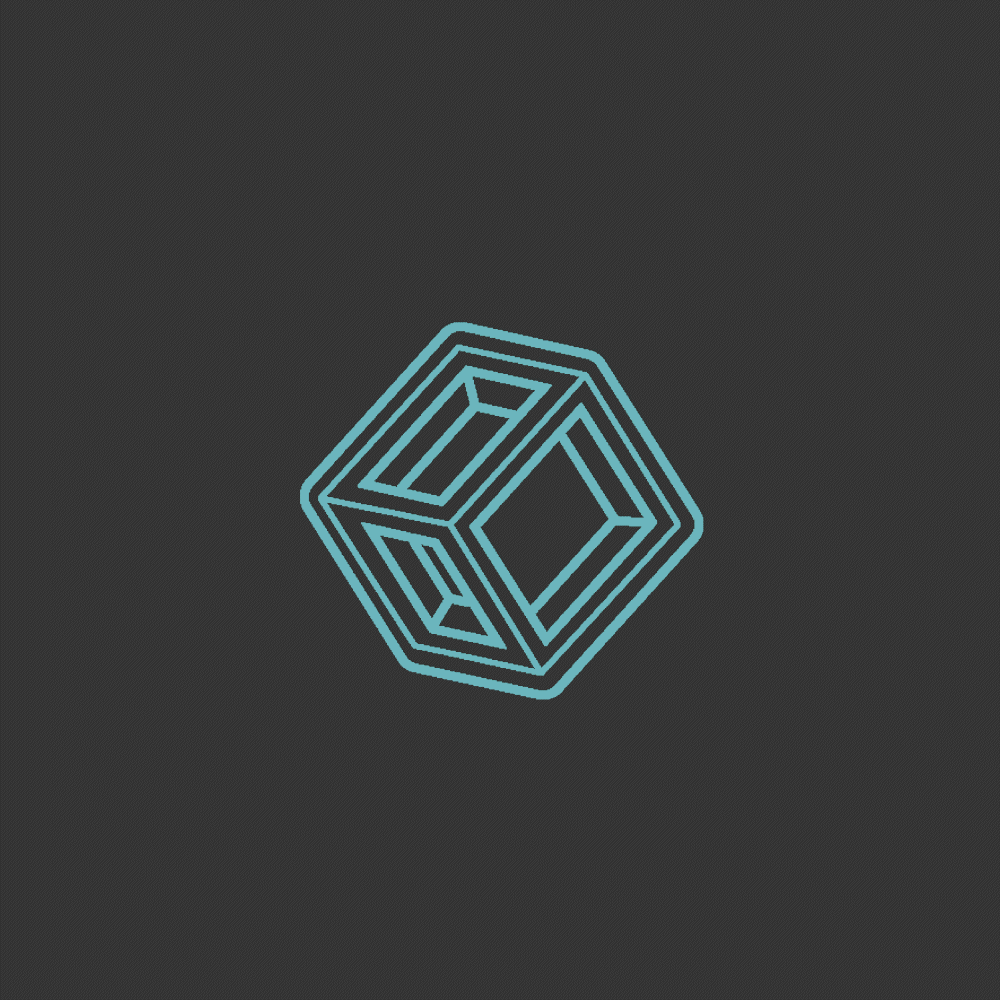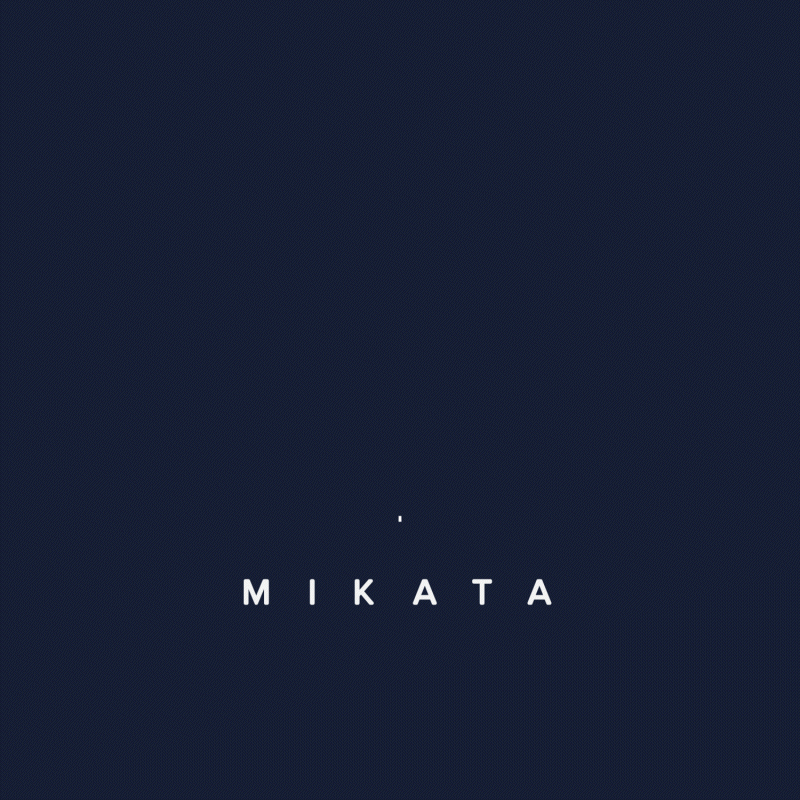‘It is this association that is the real craft behind a logo’
When it comes to logos. I believe there’s a common misunderstanding that the logo itself, is the holy grail of any enterprise. Now, a logo, emblem, icon or other can inform, inspire and even strike fear into the hearts of people. What is important here is the emotion attached to a shape, a colour, a font. It is this association that is the real craft behind a logo and no logo alone can fulfil such a role. We believe that the real art of design is that of creating a clear and concise message based on values that resonate across the brand. It is this resonation that the logo represents, it is nothing without it but functions as an integral part of it.
…in such a way that it becomes the story that people tell themselves and ultimately, others.
The purpose, the story, the messaging, the tone, the palette, the positioning, the funnel, the call to action, the flow and feel. These are all elements that build a specific narrative and begin a conversation with the customer or client. Often the logo can represent a concept behind a brand but it’s not imperative. When we look beyond identity design we find brands that tell their story in such a way that it becomes the story that people tell themselves and ultimately, others. This is what we focus on at Aidy & Co when looking at identity design. We look at how we can build genuine narratives that people feel compelled to share with others because if it’s shared, it will grow.
Think of the logo or identity as the handshake, what is often more memorable is the conversation that ensues.
Some of the most effective logos in modern history are a tick. An apple. An ‘M’. The founding attributes of Nike as brand we’re based on the greek goddess of victory and in this case, the tick logo perfectly embodies this concept. The company values are pertinent throughout the brand messaging and within every point of contact with the customer. However, people are individuals and often it’s their own personal experience with a brand or company that will determine their relationship with it. When working with our clients we try to hone in on the value that the product or service brings to that individual. Concept can only take you so far. Think of the logo or identity as the handshake what is often more memorable is the conversation that ensues. This is closely tied with the feelings that we have when we interact with things around us. The people we’ve met, the places we visited, the restaurant we dined in. These are in the domain of the older, inner brain responsible for emotion. With clever design you can create lasting conversations with your customers or clients. This is what we specialise in.
There are common traits that can be observed and used to guide us
So, how does a logo or identity achieve such an influence? History can help. I believe there are almost no ‘new’ ideas. In fact it is my belief (contrary to what most designers will tell you) unless you work in areas such as tech or the sciences, that there are no new ideas. Only renditions, amalgamations, reworks and repetitions. However, as much as it may seem, this is not a negative statement. There are common traits that can be observed and used to guide us in creating, building and maintaining a strong identity / brand. All identities or logos, emblems or icons over the ages seem to utilise three main traits to help propagate their message. Some have been used to project values on both ends of the spectrum. Take the infamous Swastika for example. A prolific symbol of Hindism used for thousands of years until the Nazis reappropriated it. One message was well-being, love and prosperity, one was of hate and nationalism, both were successful through a process of consistency, sincerity and continuity. These are the qualities that create the conditions for a logo to represent something bigger than merely just a concept
.
We call the process Working Backwards
We begin with a conversation. Explorative, aspirational questions and answers. Some design practices begin with a document or survey with the objective of providing them with a tone or a personality that they can apply to the brand design. Often clients are asked to select from words such as ‘fun’, ‘bold’, ‘fair’ etc to describe the brand they wish to build. Our approach begins with the people we wish to attract rather than the image we wish to project. We avoid ambiguity and subjectivity and instead explore the specific tribes of people that would see value in what the product or service brings to them. We call the process Working Backwards..
Why we don’t (just) do logos
We believe, for a logo to function beyond mere aesthetic it must have a purpose and a definitive message behind it. In our experience the deeper you go into this process the more effective the design is in attracting the desired individual or tribe of people. We avoid focussing too heavily on the demographics of these people and instead on the psychographics; what their beliefs are, opinions, associations, how they view the world and how we can positively enhance these qualities. Then we can transition to the ‘why’ of the project. Why are you here? Why are you doing what you do?…. And crucially, why should they care? This could simply be bringing something of value to a small niche of people, it doesnt need to revolutionise the world. However, by definition design must have a function rather than mere aesthetic, otherwise its just art.
Want to see what we can do for you?
We offer a free drafting process for most projects, no commitment, no upfront payment. Just drop your details in the form:
In a world of disposable content and quick turnarounds there are a few ways you can stand out. Our inhouse motion graphics can catch peoples eye and add character to your identity through motion graphics. Here are a few examples of such animations below:
We’ve got a lot to show
Small and large projects
Medium size projects
Want to know more?
To read about why Aidy & Co exists and its purpose.
